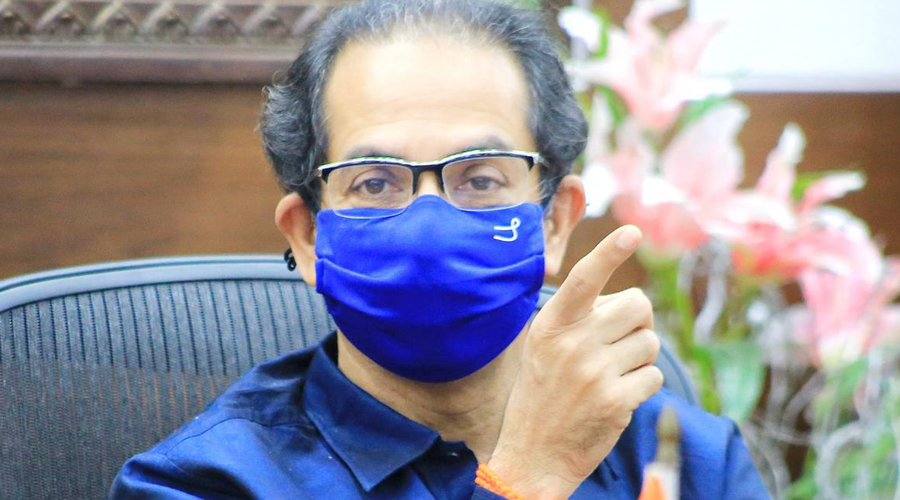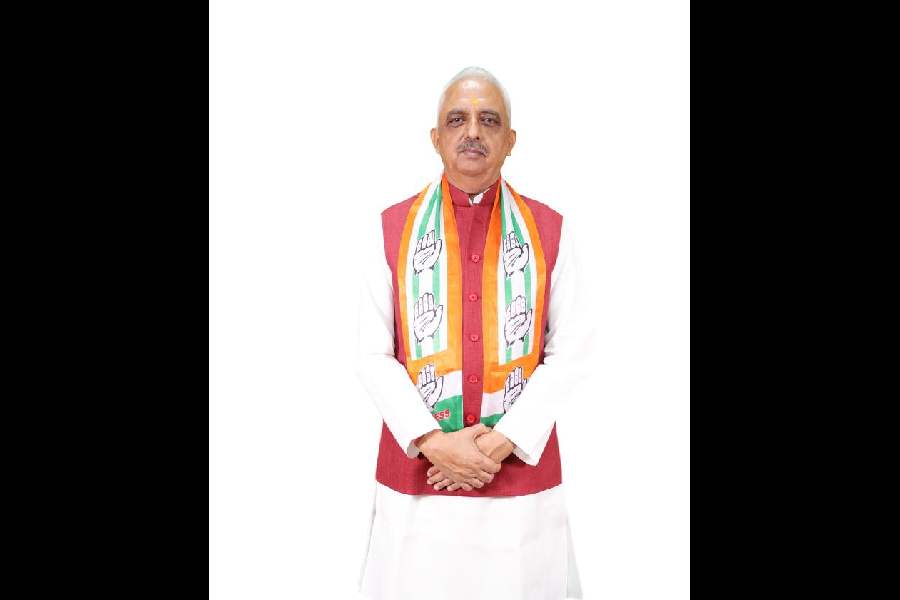Sir — The appeal sent by the Maharashtra chief minister, Uddhav Thackeray, to the Central government to lower the age of Covid-19 vaccination for Indians to 25 should be paid heed to by the prime minister. Young, working people being vaccinated could hold the key to slowing down the transmission of the disease. The second coronavirus wave has already necessitated night curfews in Delhi and Maharashtra, with weekend lockdowns also being imposed in the latter. Breaking the chain of transmission, however, might be difficult unless young people, who are the most mobile, get their shots.
Siddharth Mishra,
New Delhi
Downward slide
Sir — India has slipped 28 places to rank 140th among 156 countries in World Economic Forum’s Global Gender Gap Report 2021 and has become the third worst performer in South Asia, ahead only of Pakistan and Afghanistan in the region (“Beti bachao”, April 6). The report’s criteria for assessment cover four areas: economic participation and opportunity, educational attainment, health and survival, and political empowerment. A major part of India’s decline has occurred on the political empowerment index. There is a significant drop in the share of women among ministers — it fell from 23.1 per cent in 2019 to 9.1 per cent in 2021. The share of women in Parliament remains stagnant at 14.4 per cent.
As for the participation of and opportunities for women in the economy, the present state is pitiful. There has been a fall in women’s participation in the labour force. The share of women in professional and technical roles has also declined. The share of women in senior and managerial positions continues to be low. Further, the estimated earned income of women in India is only one-fifth of that of men. This places India among the bottom 10 globally on this parameter.
Women face discrimination in health and survival as well. India ranks among the five worst-performing countries in this regard. Wide gaps in sex ratio at birth are caused by high incidence of gender-biased sex-selective practices. With respect to educational attainment, one-thirds of women in India are illiterate — that is, 34.2 per cent, compared to 17.6 per cent of men. In addition, violence against women has risen over the years.
Providing scope for girls and women to fulfil their aspirations requires a framework that promotes gender equality at the heart of every policy and programme. It needs to address the complex interplay of factors that operate at different levels. Women’s economic independence must be encouraged. They must be helped to learn about sexual and reproductive health and rights. Life skills education must be provided to women to equip them with knowledge, skills and an understanding of their rights. One must also focus on the prevention of violence by strengthening the response system. These, along with other micro approaches, hold the promise of a bright future for women. Empowering women will not merely benefit them as individuals but also be good for the entire community.
Venu G.S.,
Kollam, Kerala
Sir — Women’s participation in India’s progress remains minuscule in spite of the fact that women outperform men in certain realms. Going by the Global Gender Gap Report 2021, Indian women have been lagging behind those in other countries — Sri Lanka , Bangladesh, Nepal and Bhutan, for instance — on several fronts.
Much of the decline can be attributed to the paucity of women in managerial and political positions, the burden of domestic chores, physical violence, forced marriages, unequal access to healthcare and discrimination at the workplace, among other reasons. It is no wonder, then, that Indian women continue to remain at the bottom. Even their income is estimated to be about one-fifth of that of their male counterparts. Factors such as domestic pressure and an inadequate support structure contribute to their low level of employment.
India’s Constitution supports the idea of equal pay for equal work for both sexes in Article 39(d) as part of the Directive Principles of State Policy. Unfortunately, successive governments have done little to implement it, in spite of making tall claims during election campaigns. The women’s reservation bill is yet to see the light of day. Gender gap will continue to exist unless the gap between policy and its implementation is bridged. Countries like Iceland, Norway and Sweden comprise the world’s most gender-equal nations because they have managed to build and implement a strong social security network.
There is a dire need to provide an enabling environment for women to be employed, besides ensuring better and safer transport and social security if India is to attain a pre-eminent position amongst developing nations. A country cannot truly progress if its women continue to be excluded from this process. If equality is to be achieved, pre-poll rhetoric must be supplanted by concrete steps in the direction of women’s empowerment.
Vijay Singh Adhikari,
Nainital, Uttarakhand
Douse the flames
Sir — The frequency of forest fires in India is a matter of great concern — around 36 per cent of India’s forest cover is prone to wildfires. Yet, little attention is being paid to this issue. This week, Uttarakhand witnessed 45 wildfires within 24 hours; the state has asked the Centre for help. The government must provide assistance at once — both in terms of manpower and money — in order to protect the environment and avoid threats to human and animal lives. The firefighters risking their lives to fight the flames must be lauded.
Rupsa Barik,
Howrah










